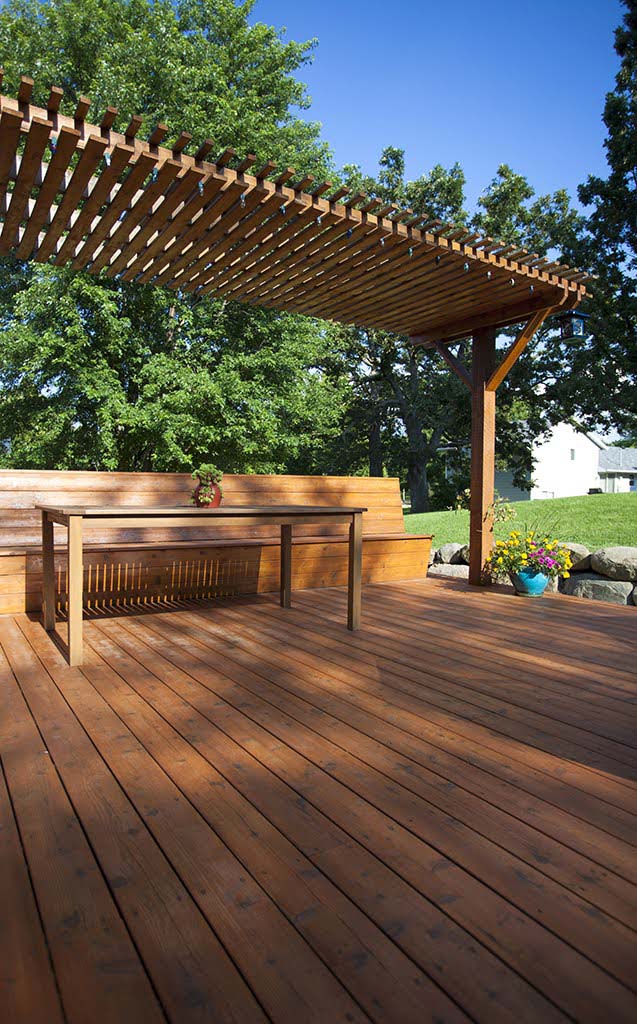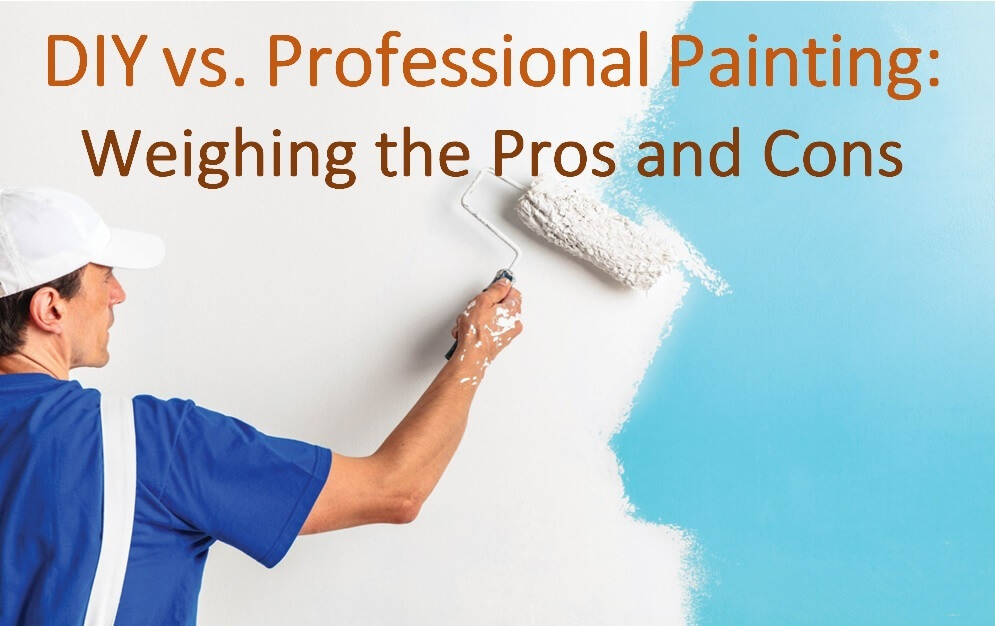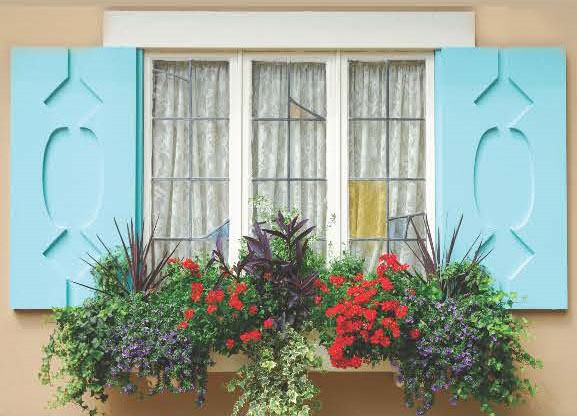Deck Maintenance: Ensuring Longevity Through Painting and Repair
A deck can be a wonderful extension of your home, providing an ideal space for relaxation, entertainment, and enjoying the great outdoors. However, given its constant exposure to elements, a deck requires regular maintenance to remain safe and aesthetically pleasing. Among the crucial aspects of deck maintenance are painting (or staining) and repair. This article delves into the importance and methods of these maintenance facets to ensure your deck remains in prime condition. 1. The Importance of Deck Painting and Staining Protection from Elements: Painting or staining your deck forms a protective barrier against UV rays, moisture, and general wear and tear. UV rays can cause the wood to gray and weaken its structure, while moisture can lead to rot. Aesthetic Appeal: A fresh coat of paint or stain can significantly improve your deck’s look, enhancing your outdoor space’s overall appearance. Increase Lifespan: Regularly painting and staining can increase the longevity of your deck, saving you from costly replacements in the long run. 2. Choosing Between Paint and Stain Paint: Provides a solid color, hides wood grain, can be more durable, and offers a wide range of color options. However, it might peel or chip over time and can be slippery when wet if not chosen correctly. Stain: Preserves and showcases wood grain. It’s typically easier to apply than paint and penetrates the wood for better protection. However, it might require more frequent reapplications. 3. Prepping Your Deck for Painting or Staining Cleaning: Start with a thorough cleaning. Remove debris, and consider using a deck cleaner to address mold, mildew, and stains. A power washer can be beneficial but use it with care to avoid damaging the wood. Sanding: Sand the deck to smooth any rough spots, splinters, or peeling paint. This also helps the new paint or stain adhere better. Repairs: Before painting or staining, address any repair needs, ensuring a smooth and safe surface. 4. Essential Deck Repairs Replacing Damaged Boards: Check for warped, split, or rotten boards. Replace them with the same type of wood, ensuring they’re secured with appropriate fasteners. Tightening Loose Nails and Screws: Over time, nails and screws can become loose due to wood’s natural expansion and contraction. Regularly inspect and secure any loose fasteners. Checking Railings: Ensure railings and banisters are secure. Loose railings can be a significant safety hazard. Addressing Structural Issues: If there are signs of sagging, support beam issues, or unstable footings, consult with a professional to address these problems. 5. Maintenance Tips Regular Inspection: At the start of each season, inspect your deck for signs of damage, wear, or loose components. Sealant: Whether you choose to paint or stain, always finish with a high-quality sealant to maximize protection. Avoiding Over-application: When painting or staining, remember that less is often more. Over-application can lead to peeling or a sticky surface. Choosing Quality Products: Invest in high-quality paints, stains, and sealants. They might be pricier upfront but will provide better protection and longevity. Deck maintenance, particularly painting and repair, is paramount to ensure your outdoor space is both beautiful and safe. Regular inspections, coupled with timely interventions, can keep your deck in top shape for years to come. Whether you’re enjoying a quiet morning coffee or hosting a summer barbecue, a well-maintained deck serves as the foundation for countless cherished moments.








